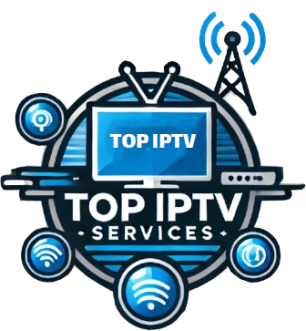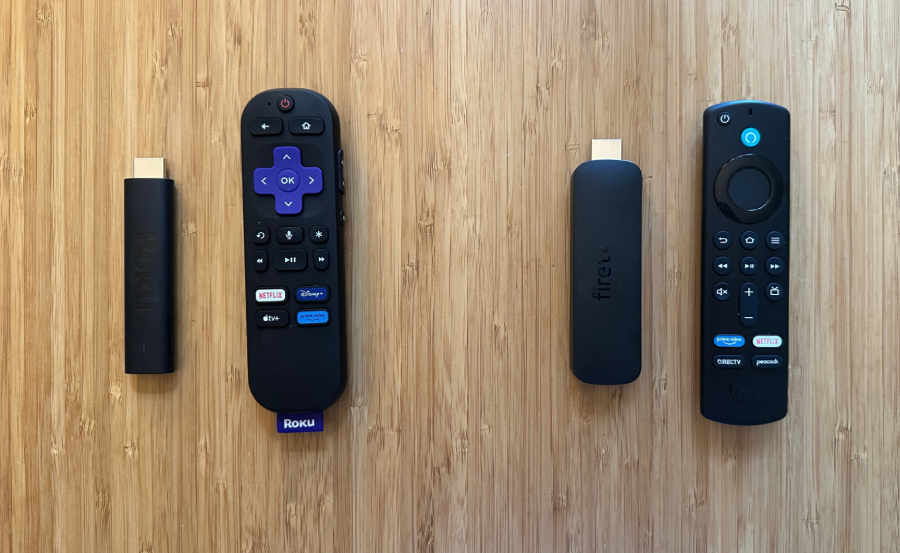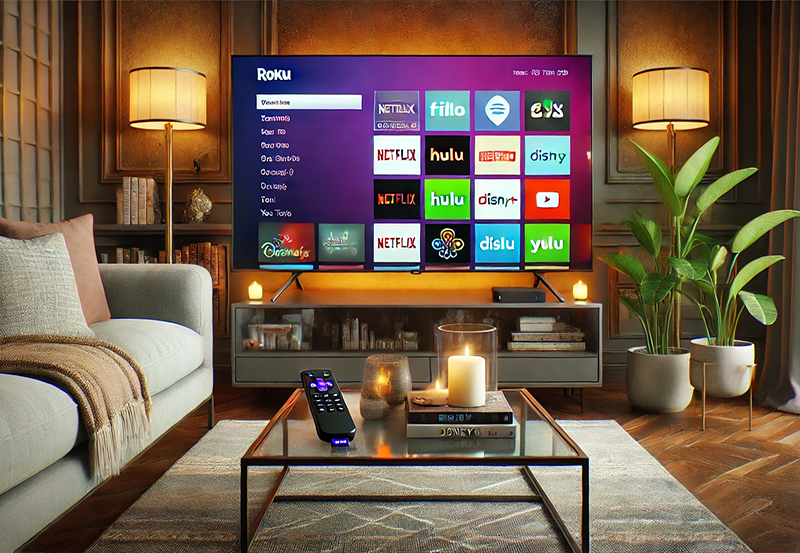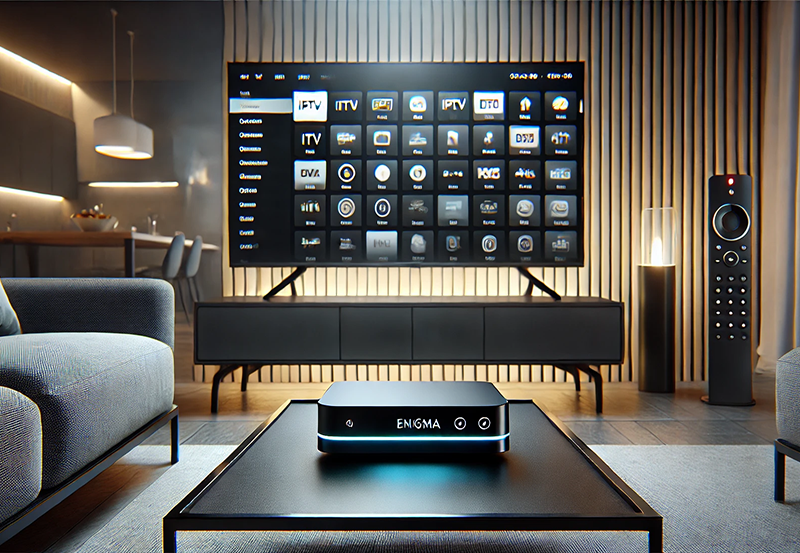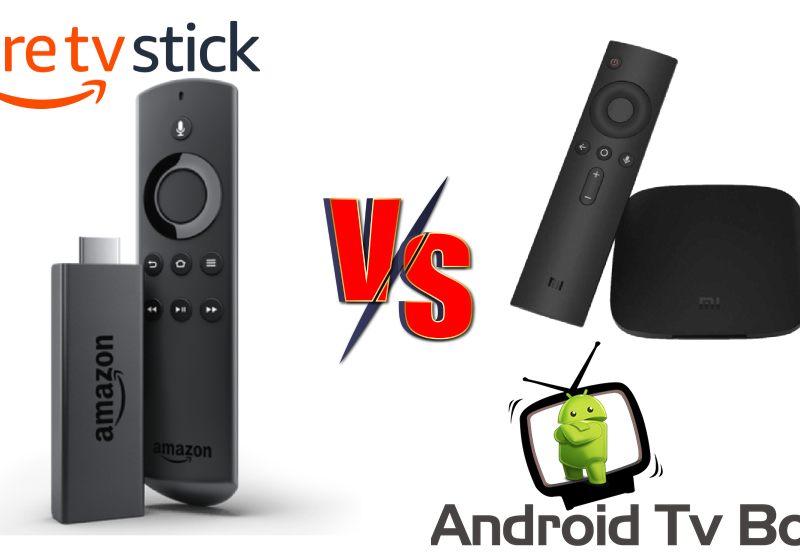When it comes to choosing the perfect streaming device, the decision often comes down to Roku and Amazon Fire Stick. Both offer a world of entertainment at your fingertips, but they do it in slightly different ways. In this guide, we’ll explore the nuances of each device, from their flexibility to their overall versatility, helping you determine which one might just be the right fit for your TV-viewing habits.
Understanding Streaming Devices
What Are Streaming Devices?
Streaming devices have become an integral part of our entertainment systems. Essentially, they are gadgets that allow you to stream content from the internet onto your TV screen, opening up an endless array of IPTV bundles, TV shows, movies, and live broadcasts.
These devices typically connect to the internet via Wi-Fi and plug into your TV’s HDMI port, turning regular screens into smart TVs. The convenience and range of content they offer continue to grow as more streaming services emerge in the market with IPTV reviews spotlighting both strengths and weaknesses.
Expert Suggestion:
Stream your favorite sports and shows with Top IPTV subscriptions for reliable and crystal-clear service.
Why Do People Choose Them?
The demand for streaming devices stems from their ability to aggregate various content forms. Users appreciate the choice to access platforms like Netflix, Prime Video, Hulu, and many more from a single interface. People are motivated by the desire to Step Up to Better TV Quality Today, leading them to transition from traditional cable subscriptions to more flexible and personalized options.
Another appealing factor is cost efficiency. With streaming devices, you can tailor your viewing package to avoid paying for channels you never watch, making it a popular option for those looking to optimize their entertainment budget.
Features and Specifications
Roku Features
Roku stands out for its simplicity and user-friendly interface. It supports an extensive library of apps, allowing access to countless streaming services. One of Roku’s distinct features is its private listening function, which lets users enjoy broadcasts through headphones connected to their mobile devices.
Additionally, Roku devices are applauded for their cross-app search ability, letting users find content across multiple services without needing to jump between apps. The device supports 4K HDR content, offering an impressive viewing quality for supported videos.
Amazon Fire Stick Features
The Amazon Fire Stick, particularly the Fire TV Stick 4K variant, is well-known for its Alexa integration. This feature allows easy voice controls, transforming the watching experience into a hands-free interactive session. It supports popular streaming channels and offers exclusive access to Amazon’s original content, a significant draw for Prime subscribers.
The device is also equipped with dynamic picture quality, supporting Dolby Atmos sound, making it a solid choice for audiophiles. In terms of setup, the Fire Stick offers a simple plug-and-play design, appealing to those who aren’t technology-savvy.
Performance Comparison
Speed and Efficiency
When it comes to performance, Roku boasts a slightly faster boot time and snappier interface compared to Amazon’s Fire Stick. It runs smoothly without significant lags, even when navigating through rich media libraries.
Conversely, the Fire Stick offers a highly responsive experience thanks to its advanced hardware, capable of handling processor-intensive activities like high-definition video playback and gaming.
App Variety and Availability
Both devices offer an immense library of applications. Roku holds an edge with a broader selection of niche streaming services, allowing users to explore lesser-known content providers. It’s an ideal choice if you enjoy sifting through diverse media options.
Amazon, however, presents a robust ecosystem closely tied to Amazon Prime, providing direct access to exclusive content unavailable elsewhere. Their app store also supports more technical apps, appealing to those interested in additional functionalities beyond just streaming.
User Experience
Interface Design
Roku’s interface is simple and straightforward, designed with minimalistic graphics and intuitive navigation. Menus are clearly labeled, allowing users to quickly find their desired content. It’s designed for ease, focusing on putting the content front and center rather than flashy graphics.
On the other hand, the Fire Stick provides a more vibrant interface, integrated deeply with the Amazon ecosystem. It highlights recommended shows and movies based on viewing habits, making discovery a focal element of its layout.
Remote Control and Functionality
The Fire Stick’s remote control is a winner for many users due to its voice-command capabilities. With Alexa built-in, users can control not just the TV, but smart home devices as well, offering more than a mere device controller.
Roku’s remote is simpler, with fewer buttons but retains functionality with features like private listening and app shortcuts. It’s a case of preference—simplicity versus extensive functionality.
Installation and Setup
Getting Started with Roku
Setting up Roku is generally a breeze. The package includes a power adapter, HDMI cable, and easy-to-follow instructions. Once connected to the TV and powered on, users are greeted with a straightforward setup process, prompting Wi-Fi setups and account creation or linking.
- Plug the Roku into the HDMI port
- Connect to power
- Follow on-screen setup instructions to connect to Wi-Fi
Getting Started with Amazon Fire Stick
The Amazon Fire Stick setup mirrors the simplicity of Roku. Its package comes with essential tools to connect and activate the device rapidly. Just like Roku, it requires an HDMI slot and a power outlet. Once connected, users will find user-friendly on-screen directions to get started.
- Insert the Fire Stick into the HDMI port
- Connect the USB power cable to the device
- Follow easy on-screen setups to establish an internet connection
Cost Considerations
Pricing Models
Both Roku and Amazon offer competitive price points. Roku’s lineup varies from affordable basic models to more premium ones with enhanced features like 4K support. This range allows buyers to choose based on their budgetary constraints and required functionalities.
The Amazon Fire Stick similarly spans varying prices, with the standard model being budget-friendly, while the 4K and Fire Stick TV Cube offer higher specifications at increased costs. Discounts frequently appear during promotions, making both devices more accessible.
Subscription Costs
Owning a streaming device is just the initial investment. Both platforms require separate subscriptions to access specific TV shows, movies, and live channels. Many apps offer free trials or sustainably low monthly plans that complement your viewing needs.
Consider what subscription services you currently use or plan to add. If you’re already embedded in the Amazon ecosystem, picking up a Fire Stick may provide better value while opening up additional benefits tied to Amazon Prime membership.
Advancements and Technological Innovations
Recent Developments in Streaming Technology
Today’s streaming devices are evolving at an impressive pace. Enhanced features such as faster processing chips, advanced picture settings like HDR and Dolby Vision, plus smart voice interactions are becoming standard. These innovations mean devices must constantly improve to stay relevant.
Roku and Amazon are investing heavily in tech advancements. For example, Amazon has focused on boosting voice intelligence with Alexa, whereas Roku is doubling down on content partnerships and interface refinements.
Future Trends to Watch
The next wave of streaming tech will likely focus on personalization, offering viewers curated content based on their preferences. Seamless integration with smart home gadgets and improved artificial intelligence are set to redefine user interactions with their streaming devices.
Both companies seem poised to capitalize on these trends. Hence, as technology becomes more advanced, device comparisons will rely heavily on personal preference and ecosystem loyalty.
Decoding the Market
Consumer Preferences
Consumer choices between Roku and Amazon Fire Stick often depend on individual priorities, such as preferred user experience, budget, and ecosystem affiliation. A prime example is how tightly one is connected with Amazon services versus more universal streaming desires satisfied by Roku.
Moreover, brand loyalty influences decisions, while past experiences with particular interfaces can guide buyers. Exploring what matters most to your TV watching and lifestyle needs can assist in making an informed decision.
Market Trends and Predictions
The streaming device market is booming, with projections favoring continued growth in the numbers of cord-cutters embracing these technologies. Both Roku and Fire Stick are expected to maintain strong positions, driven by competitive pricing and feature updates.
As 5G technology and more seamless internet connectivity spread, these devices will likely become even more central to home entertainment setups. It’s an exciting time for consumers who benefit from innovative competition in this sector.
Final Thoughts: Embracing Modern TV Viewing
Choosing between a Roku and an Amazon Fire Stick boils down to evaluating what fits best with your entertainment needs and current technological setup. Whether it’s the simplicity and wide-ranging app access of Roku, or the integrated convenience and exclusive content offerings of the Fire Stick, picking the right device can significantly enhance your viewing experience. As the landscape of IPTV, streaming services, and smart home gadgets continues to evolve, ensuring your devices align with your preferences and lifestyle remains key.
In every decision lies the potential to transform your living room into a portal of limitless viewing possibilities. As technology advances, keep open to the changes and new offerings in the market—your next favorite device feature may be just around the corner.
FAQs
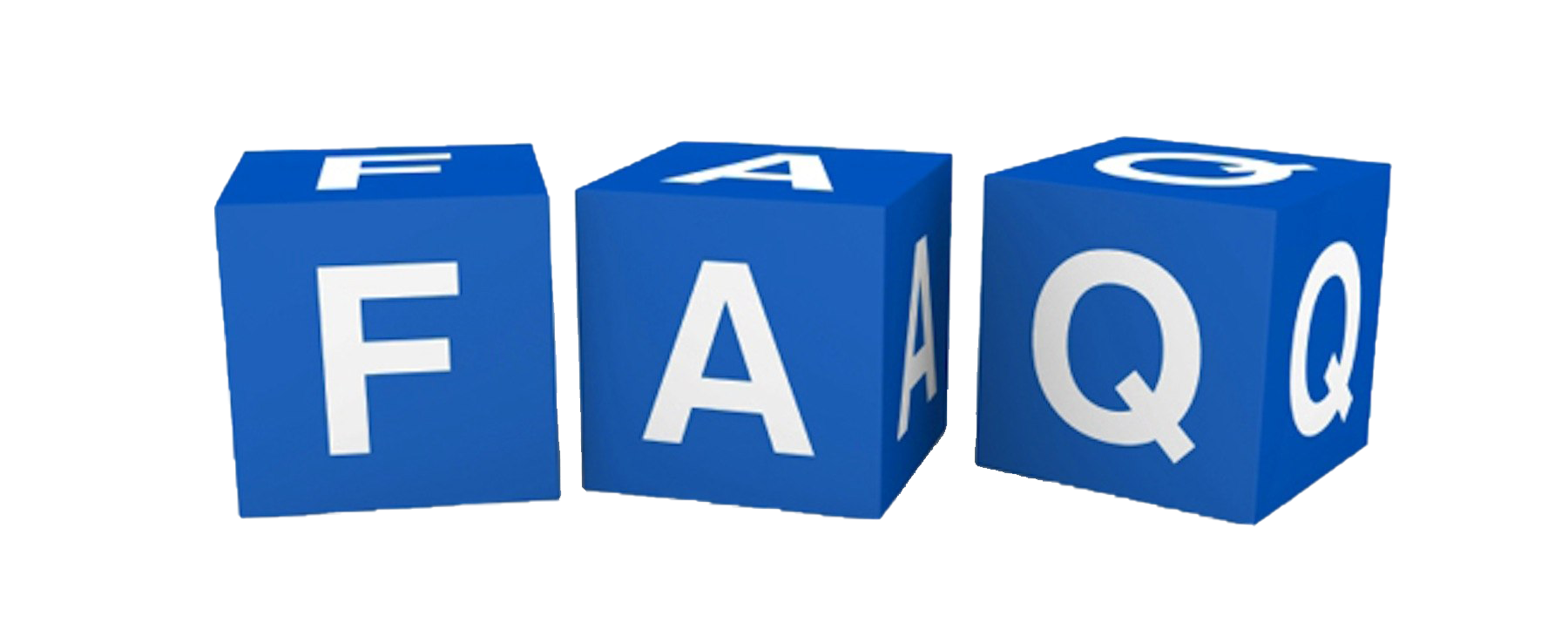
-
What are IPTV bundles, and do Roku or Fire Stick support them?
IPTV bundles refer to Internet Protocol-based TV services that provide a variety of channels via the internet. Both Roku and Fire Stick can support IPTV services through third-party apps, allowing users to customize their TV viewing options.
-
How do customer IPTV reviews influence streaming device choice?
IPTV reviews can be incredibly valuable as they offer insight into user experiences with different IPTV services. These reviews help potential buyers understand the pros and cons of services available on both Roku and Fire Stick, influencing purchasing decisions.
-
How can one Step Up to Better TV Quality Today with these devices?
Both Roku and Fire Stick offer 4K resolution and HDR support on select models, paving the way for high-quality viewing experiences. For optimal results, pair these devices with a TV that supports similar technology to get the best visual performance.
-
Which device is more suitable for a tech-savvy individual?
A tech-savvy person might lean toward the Fire Stick due to its advanced features, such as Alexa voice control and deeper integration with smart home devices. The added functionality resonates well with users who enjoy exploiting every potential feature.
-
What are the primary differences in remote control capabilities?
The main difference is the Fire Stick’s voice control via Alexa, which provides an interactive and modern way to manage your device. While Roku’s remote is simpler, it compensates with the unique private listening feature via the mobile app, offering alternative flexibility.
-
Is there a significant price difference between the two?
While price ranges for both devices overlap, typically, Roku models are available across a broader price range from entry-level to high-end. In contrast, Amazon’s Fire Stick sticks closely around mid to slightly high price points, reflecting its feature set.
-
Are there any hidden costs associated with these streaming devices?
Besides the initial purchase, users should expect ongoing costs related to subscriptions for the streaming services they choose. However, both products regularly offer access to free content, broadening access without additional costs.
The Role of Lazy IPTV in Cord-Cutting Movements
